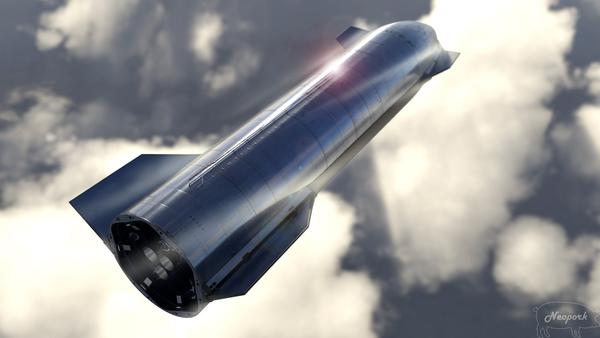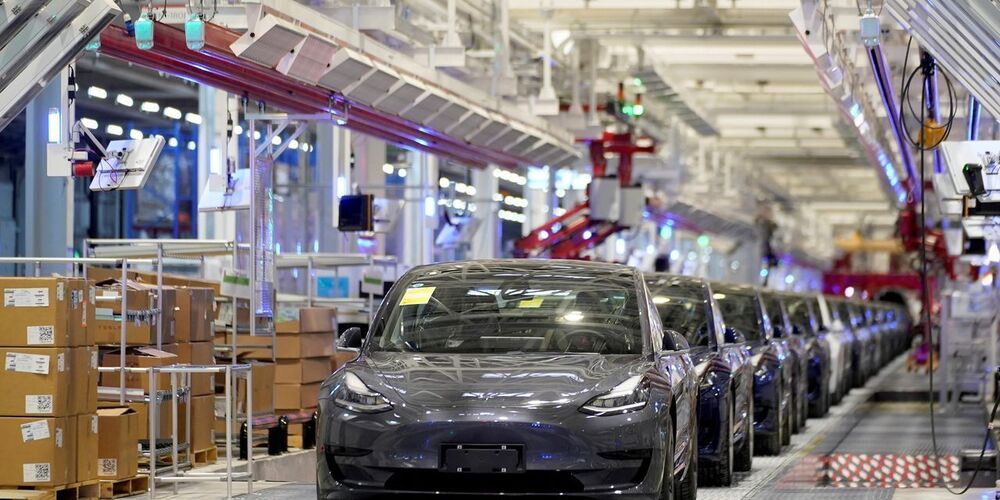This transparent mask combines a silicone shield and N95 bio-filters.



Distant light from the big bang is twisted as it travels to us. This could mean dark matter is more exotic than we thought.
The oldest light in the universe is that of the cosmic microwave background (CMB). This remnant glow from the big bang has traveled for more than 13 billion years. Along the way, it has picked up a few tales about the history and evolution of the cosmos. We just need to listen to what it has to say.
One of the ways the CMB tells a story is through its polarization. If you think of light as an oscillating wave, then this wave motion can have different orientations, the orientation of a light wave’s oscillation is known as its polarization. Often, light is a random jumble of orientations, making it unpolarized, but the light from the CMB is light that has scattered off the hot gas of the early universe and has an orientation known as E-mode polarization.
If there were nothing but empty, flat space between us and the cosmic microwave background, then all the light from the CMB would be E-mode polarized. But deep space isn’t empty. It’s filled not only with diffuse gas and dust, but also dark matter and dark energy. As the light from the big bang travels through this, its polarization changes slightly, twisting through an angle,? This shifts the orientation of CMB light toward B-mode polarization.

We could soon see a SpaceX’s Starship SN8 prototype lift off 50,000 feet (ft) above Boca Chica Beach in South Texas! The launch will be the company’s first higher altitude test flight performed by a stainless-steel prototype of the Starship spacecraft SpaceX is developing to colonize Mars. –“I think the most important thing is to create a self-sustaining city on Mars,” the founder of SpaceX Elon Musk says, “That’s, I think, the critical thing for maximizing the life of humanity; how long will civilization last.” Musk hopes the vehicle could one day launch hundreds of astronauts to build the first settlement on the Red Planet. SpaceX is working on an ambitious schedule to make life multiplanetary in our lifetime. The company targets to launch a Starship with cargo to the Martian surface by 2022, followed by the first crewed mission in 2024. “I think we have a fighting chance of making that second Mars transfer window,” Musk said, in reference to the launch opportunity that arises every 26 months when Mars and Earth’s orbit align closer to each other to enable a shorter-duration voyage. He said that if it the orbital alignments that enable voyages to Mars every 26 months were not needed, SpaceX “would maybe have a shot of sending or trying send something to Mars in three years. […] But the window is four years away, because of them [planets] being in different parts of the solar system,” he stated during the Humans To Mars conference in August.
Believing in a dream pic.twitter.com/kicgiwFYDc — Austin Barnard🚀 (@austinbarnard45) November 28, 2020
Musk plans to convert Boca Chica into a spaceport, the “Gateway to Mars.” SpaceX teams are simultaneously building multiple Starship prototypes and rapidly expanding the launch facility. Today, Musk shared the Starship SN8 prototype could take flight as soon as Wednesday, December 2nd. Tomorrow, engineers will perform a static-fire test, to assess Starship SN8’s triple Raptor engines performance. During the routine pre-flight preparation, they will briefly ignite the Raptors while the vehicle is grounded to a test stand at the launch pad. When asked if he was ‘nervous about people watching from the build site’ due to the engines’ high thrust, Musk said – “Static fire is not risky from build site, but we need to clear the build site for early flights,” he wrote via Twitter. The static-fire test could take place on Monday, November 30, sometime between 7:00 a.m. to 6:00 p.m. CST, according to Cameron County Boca Chica Beach road closure announcements.


Here, he became an authority on the aurora, and after that the director of the Geophysical Institute at the University of Alaska Fairbanks. He later used his reputation and connections to establish the International Arctic Research Center. His look-away-from-the-crowd nature once made a writer describe him as Alaska’s climate-change skeptic.
Wearing suspenders and a button-up dress shirt, Akasofu would — every weekday until the 2020 pandemic — drive 3 miles into the university for a few hours. His workspace is a cubicle in the Akasofu Building. That sun-catching, metal-and-glass structure on the highest part of the Fairbanks campus houses a science institute — the International Arctic Research Center — that would not exist without him.
Akasofu’s Alaska journey began when he wrote a letter to Sydney Chapman, a British space physicist who lived a reverse-snowbird existence, living in Fairbanks in the winter and Boulder, Colorado, in the summer.



The quality and complexity of dreams appear to change with our stages of sleep, according to a new analysis.
Before the twenty-first century, we used to think dreams only occurred during rapid eye movement (REM) sleep, but more recent research shows people sometimes recall dreams even when they are woken from non-REM stages of sleep.
Whether these two types of dreaming are inherently different is something neuroscientists are still trying to figure out.

From a pile of seaweed to a packet of soy sauce.
The London startup Notpla has created a plastic alternative from seaweed that’s biodegradable — and even edible. And it’s hoping it could put a dent in the 300 million tons of plastic waste humans generate each year.
Notpla’s natural plastic-like casing is biodegradable within four to six weeks, the company says, compared to the several hundred years it takes synthetic plastics to biodegrade.

Summary: A new AI system helps researchers better understand the brain computations that underlie thought.
Source: Baylor University.
A team led by researchers at Baylor College of Medicine and Rice University has developed artificial intelligence (AI) models that help them better understand the brain computations that underlie thoughts. This is new, because until now there has been no method to measure thoughts. The researchers first developed a new model that can estimate thoughts by evaluating behavior, and then tested their model on a trained artificial brain where they found neural activity associated with those estimates of thoughts. The theoretical study appears in the Proceedings of the National Academy of Sciences.